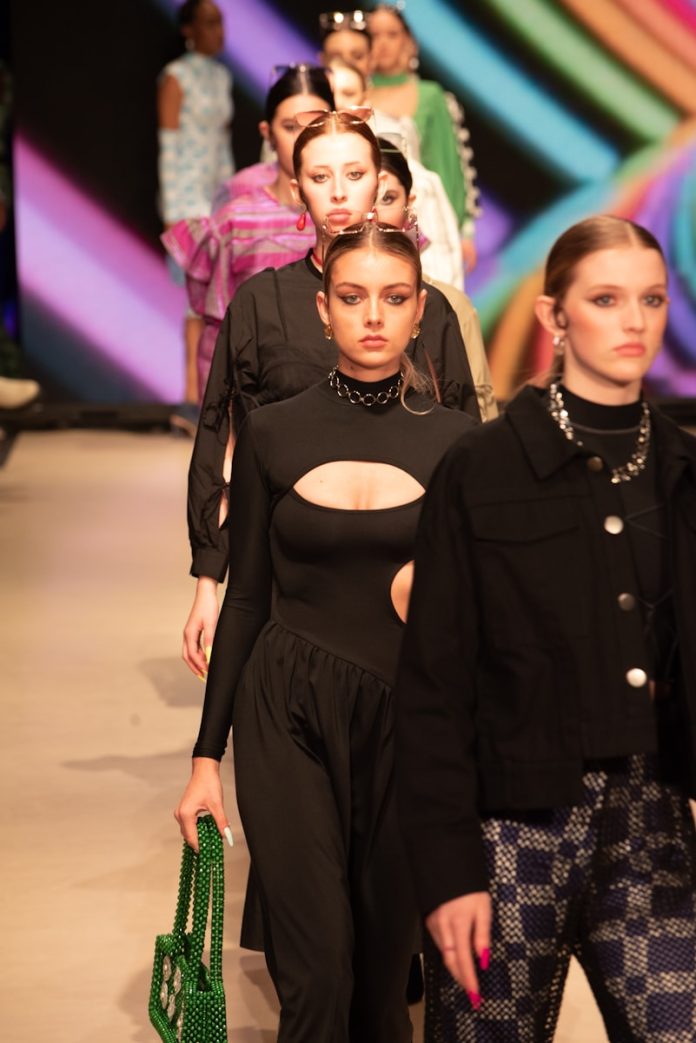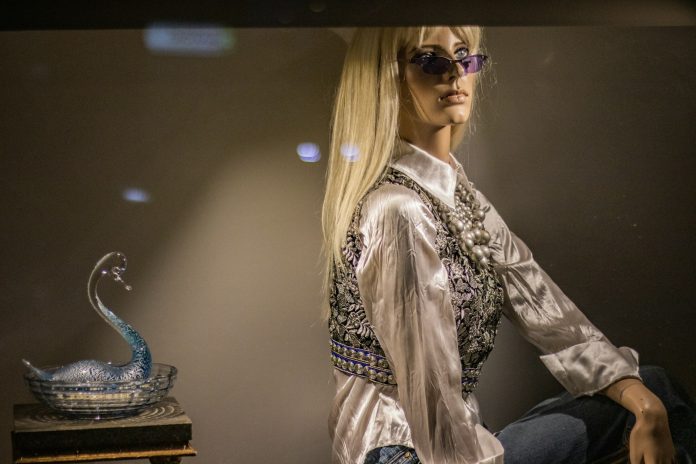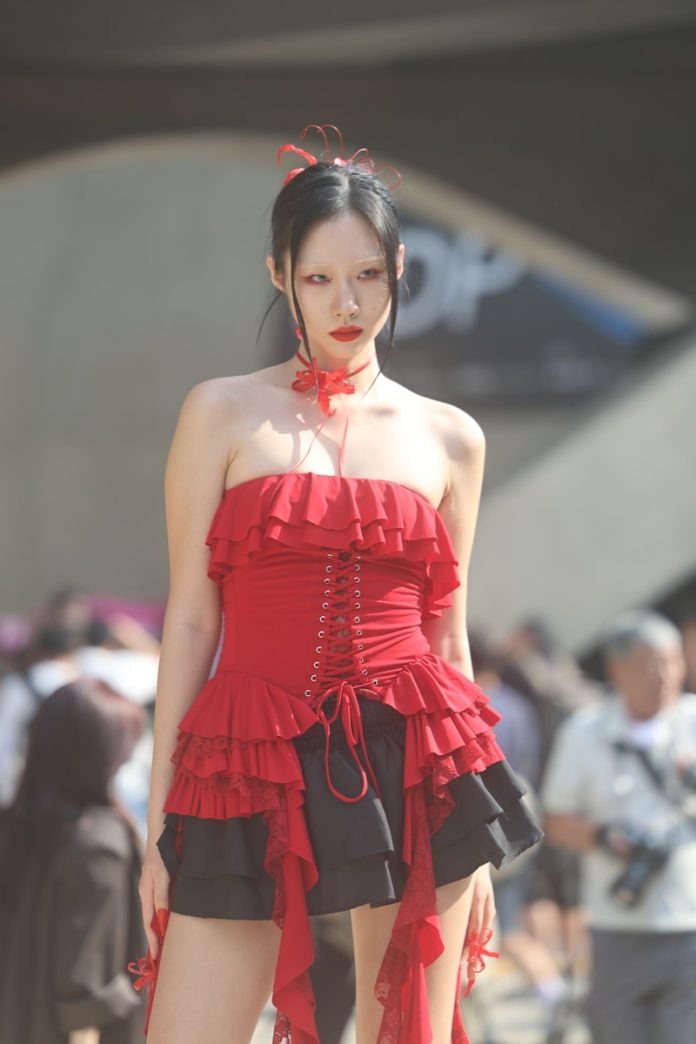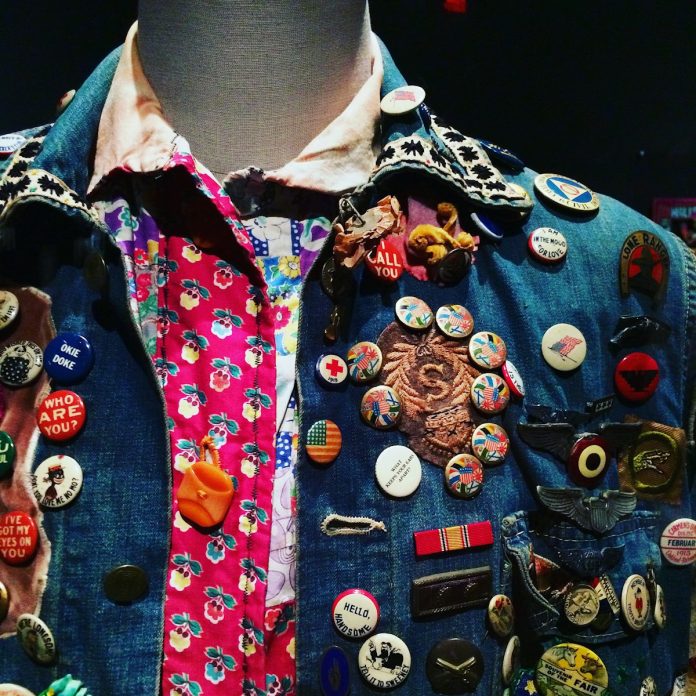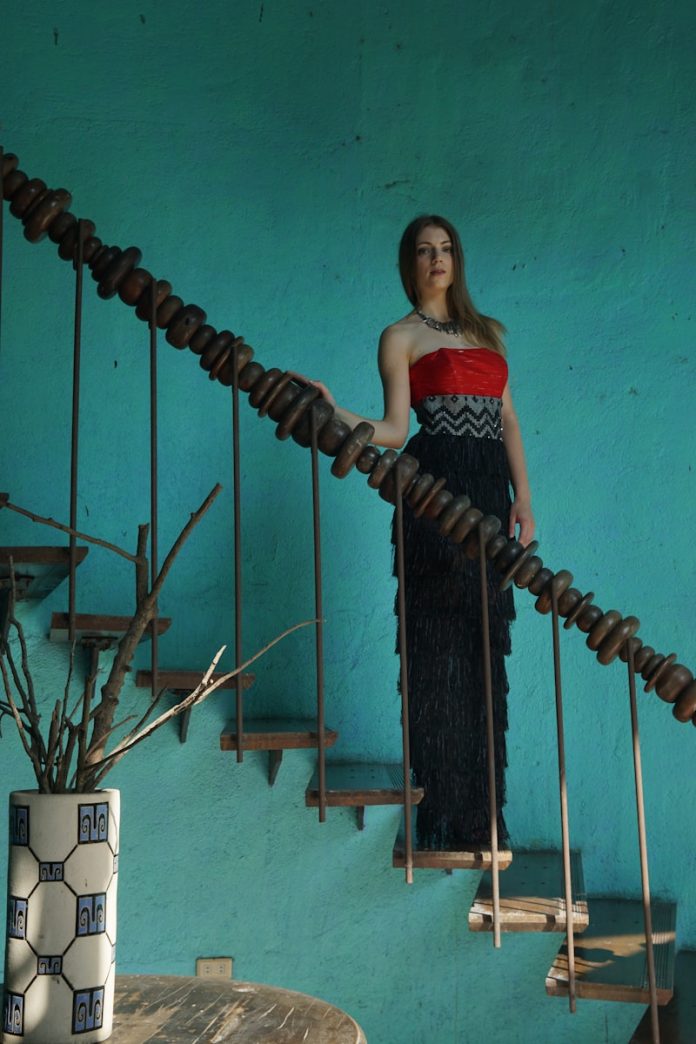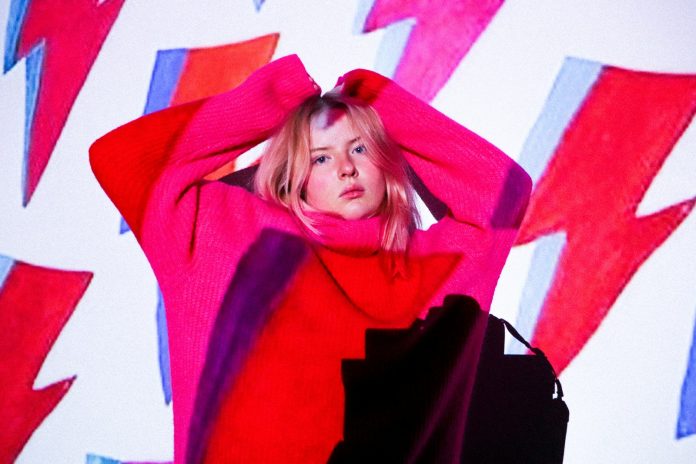Introduction: When Patterns Say More Than Words
Fashion has long been a vessel for self-expression, but in a world overwhelmed by digital noise and curated captions, it’s the clothes that often speak loudest. And among the silent languages of style, prints are now shouting, whispering, protesting, and celebrating—often all at once. From graphic slogans on T-shirts to ancestral patterns on streetwear, prints have transformed into wearable messages that resonate with identity, politics, memory, and culture.
Today, it’s not just about what you wear, but what your clothes say about you. Fashion has always communicated, but printed fashion in the 2020s has emerged as a visual vocabulary for a generation refusing to stay silent.
In this essay, we’ll explore how prints have evolved from mere decoration to declarations. We’ll look at their historical roots, cultural relevance, political impact, and their ability to convey both personal and collective meaning—making the case that in a world yearning for connection, prints are the new power statement.
From Ornament to Statement: The Evolution of Print in Fashion
Traditionally, prints in fashion were about beauty and craftsmanship. Florals, stripes, paisleys, and plaids served as aesthetic elements, tied to seasonal trends and cultural habits. In the 18th century, chintz and toile told stories of colonial trade and aristocratic luxury. In the 1960s, psychedelic swirls mirrored the counterculture’s embrace of experimentation and spiritual exploration.
But while patterns have always carried subtle meanings, today’s prints have evolved into something bolder: intentional messages. Fashion has moved from the decorative to the declarative.
The rise of digital printing technology, combined with a more expressive global consumer base, has given designers and wearers alike the ability to use clothing as literal communication. You’re not just wearing a dress with flowers—you’re wearing resistance, heritage, irony, protest, or pride.
Identity on Fabric: Cultural Prints and Heritage Revival
One of the most powerful roles that prints play today is in the reclamation of cultural identity. Around the world, designers are reviving and reimagining traditional textiles, not just as nods to the past, but as living, breathing messages of pride.
African wax prints once commodified by colonial powers, are now worn proudly by young designers and diaspora communities to assert both identity and innovation.
Indigenous prints from the Americas to Oceania are finding their way onto runways and into high fashion, challenging ideas of ownership, representation, and cultural respect.
Asian motifs, from Japanese ukiyo-e waves to South Asian block printing, are being modernized and fused with contemporary silhouettes, creating hybrids that speak to global heritage in a globalized world.
These aren’t just clothes—they’re cultural conversations. By wearing them, individuals align themselves with narratives of resilience, ancestry, and belonging. Prints become not just style, but storytelling.
Fashion as Protest: The Political Power of Prints
One of the clearest ways prints have become a medium of message is through political fashion. Think protest T-shirts, bold typography, and graphic iconography. Clothing becomes a walking billboard for beliefs.
Slogan prints like “We Should All Be Feminists” or “Black Lives Matter” emblazoned across shirts have transcended trend status, becoming symbols of solidarity and activism.
Visual prints—from raised fists to anti-war symbols—carry the weight of movements and history.
Satirical prints, using parody and irony, speak truth to power in ways both cheeky and cutting.
In this way, prints are democratizing protest. You don’t need a microphone or a march; you just need a shirt and the willingness to wear your beliefs.
This form of expression is especially powerful in countries or spaces where free speech is restricted. A patterned jacket may look innocent, but if it bears the embroidery of a forbidden motif or phrase in coded visual language, it becomes silent resistance.
The Rise of the Graphic Generation: Youth Culture and Print Revolt
Gen Z and younger millennials have taken print fashion to another level, driven by a love for irony, identity politics, and the urge to disrupt. They’re not afraid to mix messages—punk plaids with kawaii cartoons, traditional symbols with digital glitch art. It’s a chaotic, creative blend, and it’s intentional.
This generation grew up online, where memes, GIFs, and text overlays rule the screen. Naturally, they’ve brought that language into their clothing. Printed fashion has become the analog meme: quick to interpret, emotionally charged, and often surprising.
This “graphic generation” doesn’t just wear clothes—they publish them. Their clothing is part of their brand, their post, their profile. A shirt can be as much a statement as a tweet, but with more permanence.
Fashion Meets Art: Collaboration and Commentary
The blurred line between fashion and art has been particularly evident in the world of print. Artists like Keith Haring, Jean-Michel Basquiat, and Yayoi Kusama have all been immortalized in fabric. Their prints are not just worn for their visual appeal, but for their cultural gravity.
Collaborations between fashion houses and visual artists are booming—not just for aesthetics, but to make a point. When a painting becomes a dress, it says something about the democratization of art, about accessibility, about making high culture street-accessible.
At the same time, designers are becoming artists in their own right. Labels like Vivienne Westwood, Raf Simons, and Marine Serre use print as a tool for commentary—on climate change, consumerism, and the future of humanity. These aren’t just garments. They’re critiques stitched into seams.
Emotional Textures: Prints as Personal Narratives
Not all printed messages are political or cultural. Many are deeply personal. For some, a repeated motif of butterflies might symbolize transformation after trauma. For others, a pattern of interlocking hands might be an ode to lost love.
Fashion has always been emotional, but prints can externalize that emotion in symbolic ways. Whether it’s a vintage floral that reminds you of your grandmother’s dress or a modern print that reflects your current mood, what you wear can serve as a mirror to your inner world.
This trend of emotional dressing is particularly prominent in small, independent labels. Personal stories become collections. Diaries become patterns. The result? Clothing that speaks for the wearer even when words are too heavy.
Digital Tools, Global Reach: The Democratization of Print
The digital era has revolutionized who gets to speak through fashion. With design tools now widely accessible and platforms like Instagram and Etsy allowing global reach, anyone can create and distribute printed fashion.
This has led to a rise in micro-labels and print-based start-ups that push niche messages, support underrepresented voices, and disrupt mainstream aesthetics. Whether it’s a queer-owned T-shirt brand promoting trans visibility or a rural artisan collective reintroducing local craft patterns, print fashion is giving the mic to the many, not just the privileged few.
What was once an exclusive domain is now a chorus.
Sustainability and the Ethics of Messaging
As with all trends, there’s a responsibility that comes with the power of message. Consumers are becoming more aware of where prints come from—who designed them, who produced them, and whether the messaging is authentic or performative.
Fast fashion has been criticized for commodifying powerful messages without committing to their meaning. A shirt with a feminist quote made in exploitative labor conditions rings hollow. The future of meaningful print fashion lies in intentionality, transparency, and accountability.
This new wave of conscious consumers isn’t just asking, “What does it say?” They’re asking, “Who’s saying it—and why?”

